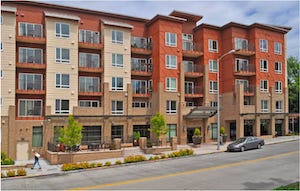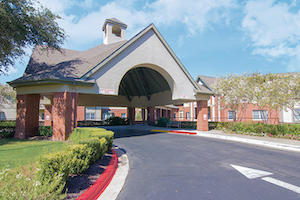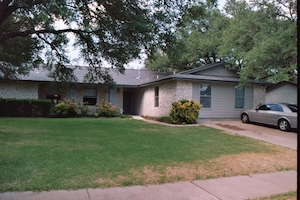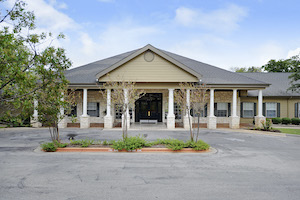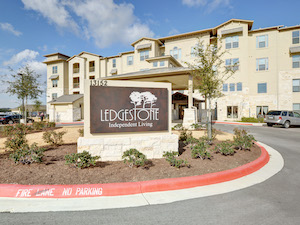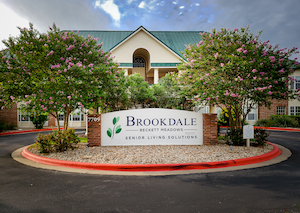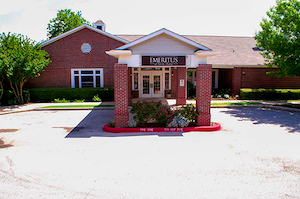Get Pricing & Availability for Assisted Living in Austin, TX
Call (855) 481-6777 for immediate assistance and get more details

Page Reviewed / Updated – January 10, 2024
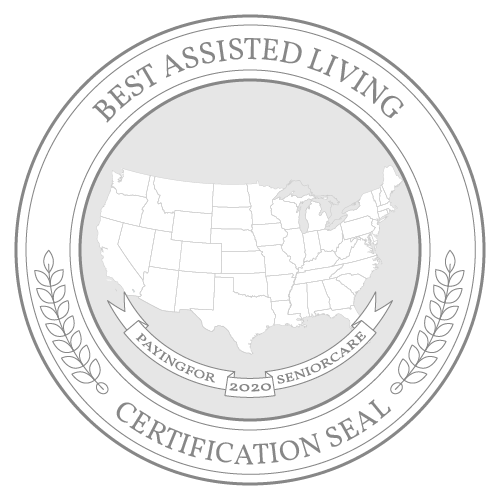
Austin is the capital of Texas and a member of the AARP Age-Friendly Network, making it an attractive destination for retirees. It is a walkable city with many parks, restaurants, stores and other amenities that are easy to reach on foot.
While Austin’s overall cost of living is high compared to the typical U.S. city and exceeds the national average by about 20%, most forms of senior income are untaxed. Also, assisted living itself is affordable, averaging $3,218 monthly, well below the national average of $4,459.
This guide explores the cost of assisted living in Austin and also looks at other types of senior care. It also provides resources to help older adults and their families plan for long-term options.
The Cost of Assisted Living in Austin, TX
When determining how to finance Assisted Living, it’s essential to first know the expense involved for your loved one to join a reputable community. With the ongoing increase in costs, having current information is crucial when budgeting for senior care. To help highlight the influence of inflation on senior living expenses, PayingForSeniorCare.com has collected cost data from its extensive network of over 75,000 senior living communities. This data represents the average cost of Assisted Living in Austin and in 128 other cities in Texas.
Inflation & the Cost of Assisted Living in Austin, TX
Inflation impacted assisted living costs across the U.S., with monthly fees increasing by around 10% between 2022 and 2023. In Austin, expenses grew by a similar rate of 9% to $3,218. While prices in Texas are lower than elsewhere in the country, they vary by city. Compared to Austin, San Antonio ($3,066) and Allen ($3,033) offer more affordable options, while Plano ($3,267) is slightly more expensive.
By 2024, assisted living in Austin is expected to reach $3,466 monthly, significantly lower than the national projection of $4,802. The price differences and trends highlight the importance of carefully considering senior care options.
|
Location |
2022 Cost (Historical) |
2023 Cost (Current) |
2024 Cost (Estimated) |
|
Austin |
$2,938 |
$3,218 |
$3,466 |
|
U.S. Average |
$4,070 |
$4,459 |
$4,802 |
|
Texas |
$3,134 |
$3,312 |
$3,481 |
|
San Antonio |
$2,799 |
$3,066 |
$3,302 |
|
Allen |
$2,768 |
$3,033 |
$3,266 |
|
Plano |
$2,982 |
$3,267 |
$3,518 |
The Cost of Other Types of Care in Austin, TX
It’s essential to consider the level of care required when choosing senior living or long-term care options. Independent living caters to older adults who need accessible accommodation but are mobile and can live independently. This option in Austin costs around $1,947 per month, compared to $3,218 for assisted living. Memory care communities, which support seniors coping with the effects of dementia, are slightly more costly, averaging $3,595, due to additional supervision and specialized health services.
|
Care Type |
Cost |
|
Assisted Living |
$3,218 |
|
Memory Care |
$3,595 |
|
Independent Living |
$1,947 |
Financial Assistance for Assisted Living in Austin, TX
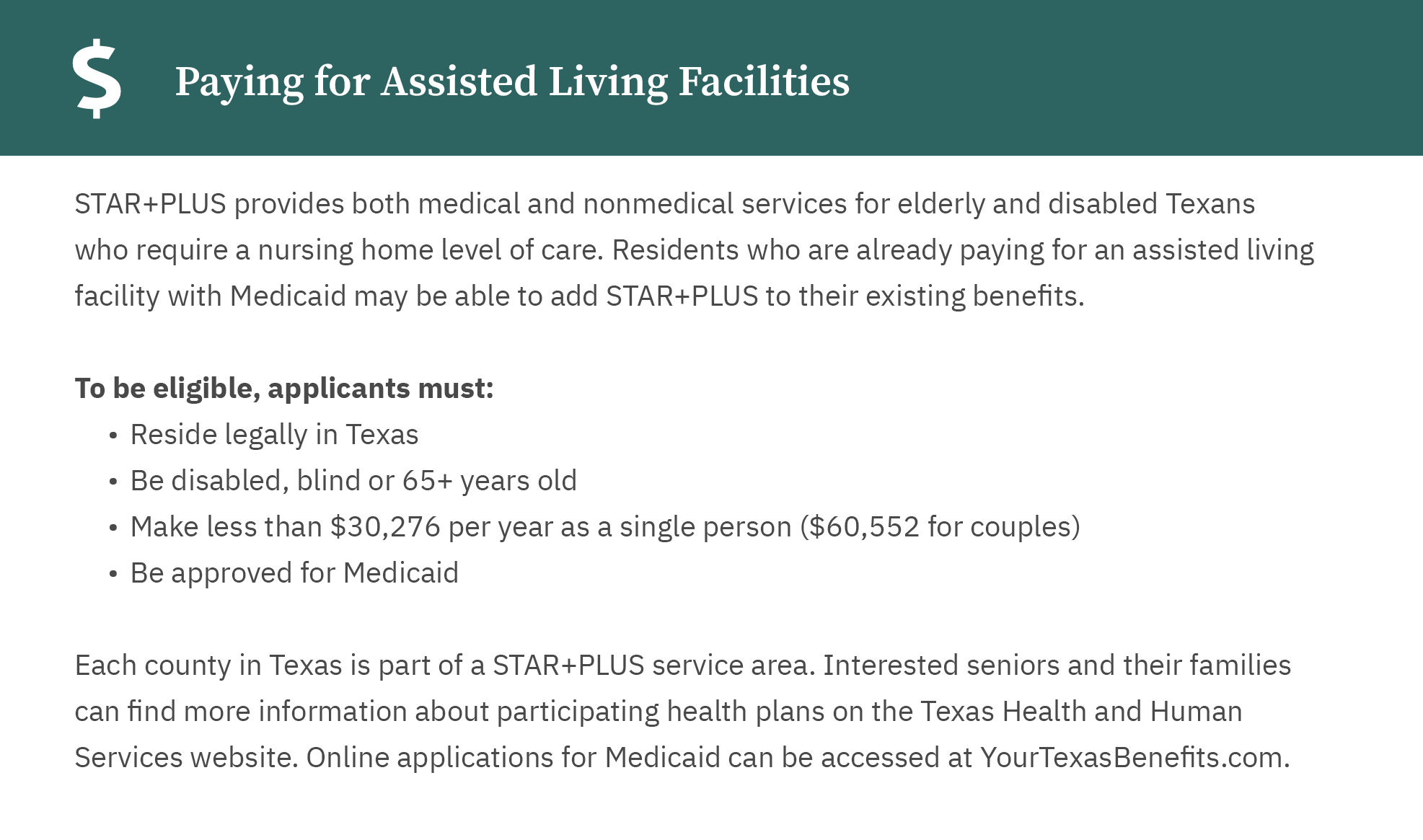
Other Ways To Pay for Assisted Living in Austin, TX
Since not everyone can afford to pay for assisted living out-of-pocket, it’s important to find alternative methods to help make assisted living more affordable. Some of these options include:
- Veterans Benefits
- Life Insurance Policy
- Long-Term Care Insurance
- Reverse Mortgage
For additional information and planning, read our comprehensive guide to paying for senior care in Texas.
Free Resources for Seniors in San Antonio, TX
The Austin region has a range of resources to help older residents make the most of their retirement income and access affordable long-term care. The following table highlights the top agencies and programs in the area to help seniors make informed decisions.
|
Resource |
Contact |
Service |
| Area Agency on Aging of the Capital Area |
(512) 916-6000 |
The Area Agency on Aging of the Capital Area serves disabled individuals and those aged 60 and over through a range of support programs. Seniors can call the agency for information and referrals for community-based services and programs that may supplement or complement what they obtain through assisted living, including medical equipment loans, prescription drug assistance and public benefits options counseling. The agency also contains the region’s long-term care ombudsman program, in which individuals can call for information on residents’ rights, options for paying for long-term care and how to report substandard care. |
| Austin Vet Center | (512) 416-1314 | The Austin Vet Center provides free, confidential assistance to veterans and their families to help them access the benefits and services they’re entitled to. It provides referral services for veteran connections to help qualifying individuals learn about veterans’ home eligibility criteria and VA medical benefits and enrollment. It also hosts workshops and classes for lifelong enrichment, including woodworking workshops, knitting classes and stained glass workshops. |
| Aging Services Council of Central Texas |
(512) 593-2269 |
The Aging Services Council of Central Texas supports healthy aging through various initiatives, including the Social Inclusion Task Force, which provides technology and training to older adults to help them maintain social connections. It also publishes guides to help older adults find transportation services in the Austin region and understand available long-term care options. |
| AGE of Central Texas |
(512) 451-4611 |
AGE of Central Texas is a nonprofit organization that provides a range of social and recreational activities and supportive services for older adults in the region. It has a health equipment lending program that provides free, no-time-limit durable medical equipment loans. It also has a computer lab and senior centers and wellness sites throughout the region. |
| Texas Legal Services Center |
(512) 477-6000 |
The Texas Legal Services Center provides free civil legal services to older adults in Austin and the surrounding region. It has licensed legal professionals who provide benefits screenings and assistance with obtaining public benefits, which may help seniors pay for assisted living services. |
Rules and Regulations for Assisted Living Facilities in Austin, TX
Assisted Living Communities in Austin are required to follow a set of rules and regulations that are determined by the state. For an overview of those rules and regulations, see the information below. For more specific information, talk with your local community or Area Agency on Aging.




